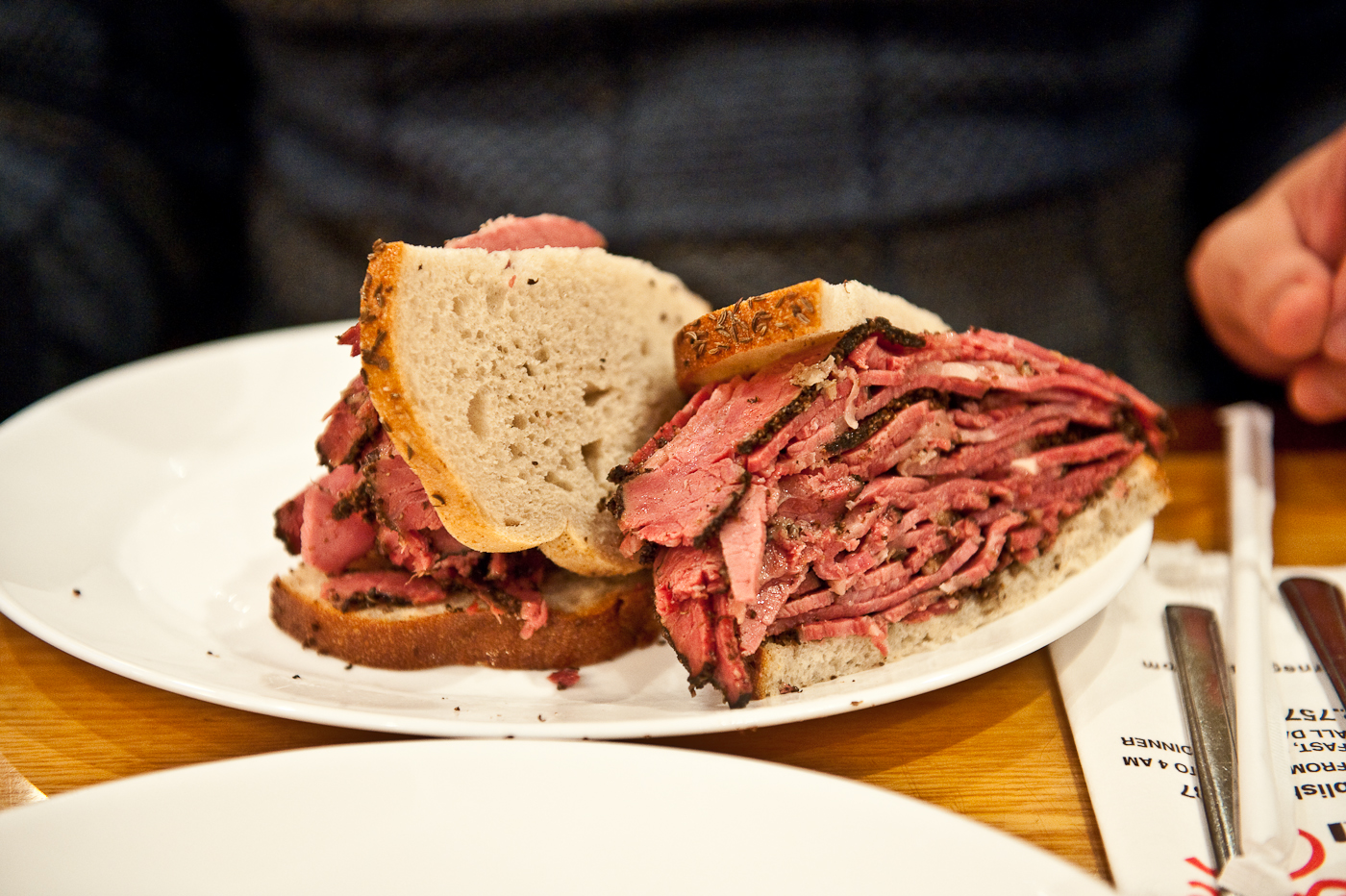Gastropod looks at food through the lens of science and history.
Co-hosts Cynthia Graber and Nicola Twilley serve up a brand new episode every two weeks.
Co-hosts Cynthia Graber and Nicola Twilley serve up a brand new episode every two weeks.

Jeremy Umansky is a chef and owner of Larder, a James Beard-nominated delicatessen in Cleveland, Ohio. He is also the author of the book Koji Alchemy, and appeared on our episode about koji to talk about its magical, meat-transforming powers.
Jewish food expert Ted Merwin is the author of Pastrami on Rye: An Overstuffed History of the Jewish Deli.
Journalist David Sax is the author of Save the Deli: In Search of Perfect Pastrami, Crusty Rye, and the Heart of Jewish Delicatessen.

Robert Turesky is a professor at the University of Minnesota. His research focuses on the causes of human diseases, including cancer.
Wes Osburn is an associate professor in meat science at Texas A&M.
Writer Anastacia Marx de Salcedo is the author of the book In Defense of Processed Food, as well as Combat Ready Kitchen: How the US Military Shapes the Way You Eat, which she also discussed in our episode about food and the military.
This episode of Gastropod was supported by a generous grant from the Alfred P. Sloan Foundation for the Public Understanding of Science, Technology, and Economics. Check out the other books, movies, shows, podcasts, and more that they support here.
Click here for a transcript of the show. Please note that the transcript is provided as a courtesy and may contain errors.